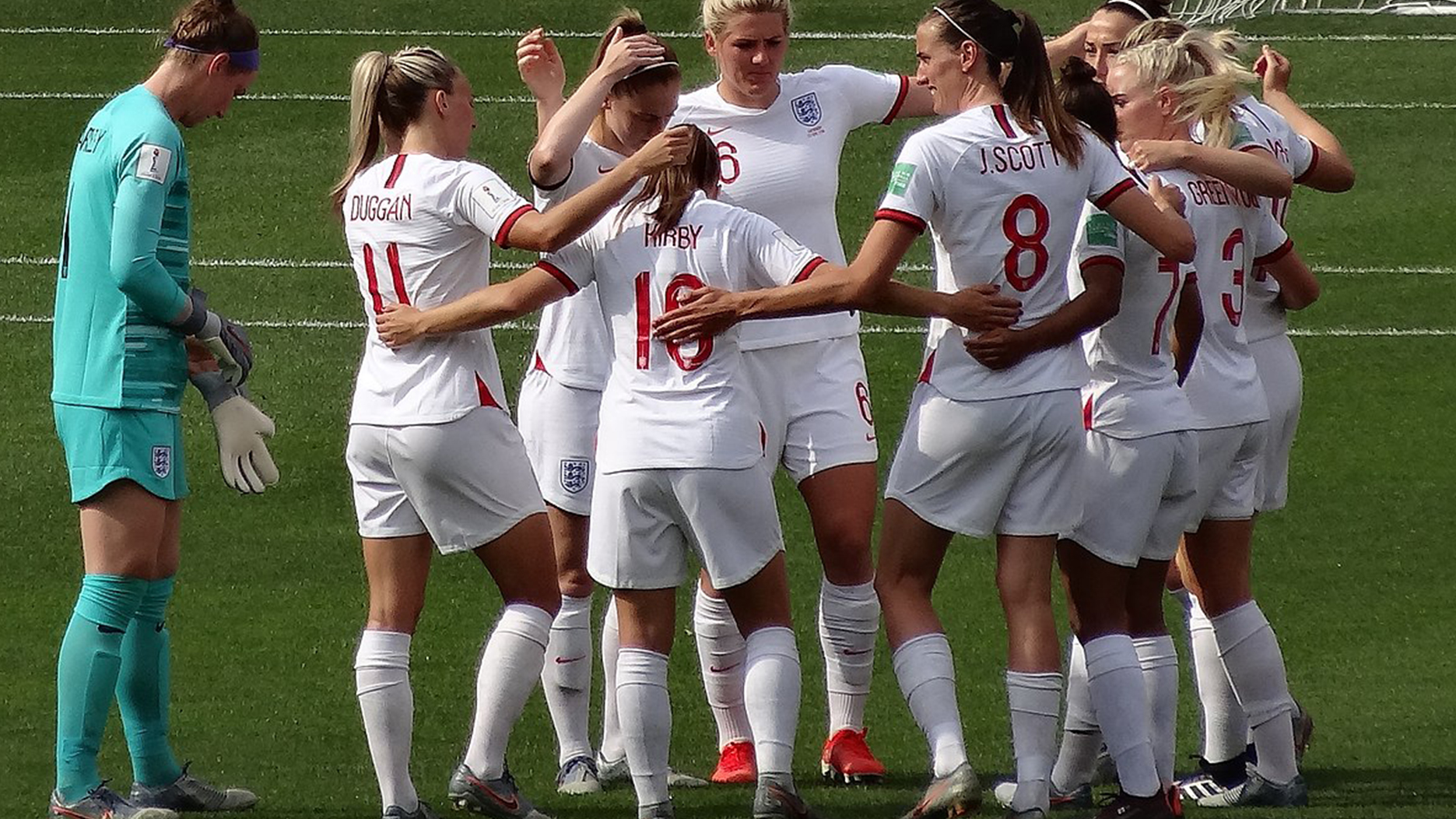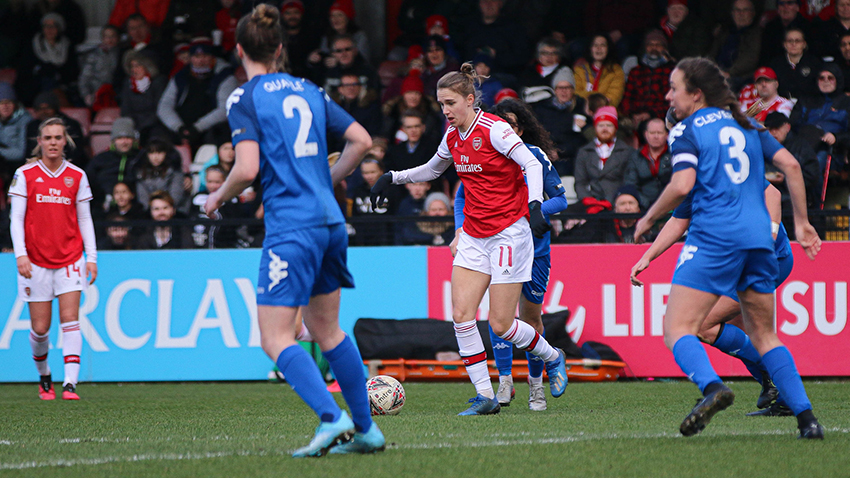This content is associated with The Open University's Sport and Fitness courses and qualifications.
With England being the host nation and Northern Ireland competing as well, the 2022 UEFA Women’s Euro tournament is an opportunity for every home nation to capitalise on the growing popularity of girl’s and women’s football. At the elite level the tournament is another chance for women’s professional football to build an even stronger platform on which to support a thriving and sustainable future.
In the video below Polly Bancroft, General Manager of Women and Girl’s football at Brighton and Hove Albion, shares her thoughts about some of the challenges for clubs in the Women’s Super League (WSL), England’s only professional league for women. As you watch the video try to identify as many of these challenges as you can.
Transcript
Several models describe how businesses rarely experience smooth, consistent and unproblematic growth. Instead, businesses grow in distinct phases, where each phase presents different challenges and opportunities. Transition from one phase to another is never easy but is helped by possessing the right knowledge and insight.
The challenges ahead
According to the Lewis and Churchill (1983) model of business development women’s professional football could be considered to be at the success phase, but with the potential to move towards the take-off phase and grow even more quickly. Polly identified the following challenges that will need to be addressed to achieve this. How many did you spot?
- The friction between growing rapidly while being financially sustainable. This primarily means generating sufficient income to cover the operating costs of a full-time professional team such as the salaries of players, coaches and support staff. It also means financing the infrastructure, like training facilities, that are required by a professional team. As you saw Brighton have invested £8.5m into building a dedicated elite performance facility for their women’s and girl’s teams. This is a significant long-term investment which requires a return, and only sustained commercial growth in the women’s game will enable this investment to be repaid.
- Raising the profile of women’s football. Polly highlighted the importance of both ‘traditional’ print and television media as well as newer forms of digital media to engage and access new supporters. Reaching and serving the interests of a bigger audience through all forms of media is the backbone of any professional sport. This is even more of a challenge in a crowded if not saturated ‘media sports space’ where so many sports compete for coverage. While social and digital media might be personal it is not a substitute for a well-crafted journalist’s story. There are certainly more journalists covering women’s football, but there needs to be even more who can then uncover and cultivate the good stories that cut through the thicket of information and hook people into the game. Perhaps the WSL might even benefit from its own version of the Netflix documentary series Drive to Survive which has created a significant new audience for Formula 1 motor-racing?
- Commercial rights ownership. Currently the WSL is governed by The FA who also own and manage the commercial rights associated with the league. In most professional sports managing the rules, regulations and governance of a league is now separated from ownership of the commercial and broadcasting rights. Polly speculated that at some point in the future The FA are likely to relinquish the commercial rights to another organisation. This could be another league such as the Premier League or the English Football League, a private investment company, a media organisation or a technology company like Amazon or Apple. To whoever The FA sell the commercial rights is a critically important decision for the future of the WSL and probably needs to do the following:
- Not under-value the commercial potential of the WSL.
- Preserve free-to-air broadcasting to maximise visibility and audiences.
- Support the development of the women’s football pyramid to avoid the WSL becoming a ‘closed league’ if the gap between the WSL and the women’s semi-professional Championship becomes insurmountable both financially and from a playing perspective.
The 12-club WSL became fully professional in 2018 and where it will be in 2028 is open to speculation. However, some of the following might be good indicators of successful growth.
- An expanded WSL of up to 16 clubs with high standards of training facilities, support services and staff to cater for the needs of elite players.
- Salaries and contractual rights that properly reflect the status of players as elite full-time female athletes.
- Each club operating at a sustainable level where costs do not significantly outstrip income and therefore require additional financing.
- A commercial rights holder who is primarily committed to growing the value of the WSL and reinvesting money into the women’s game instead of extracting profits for their own shareholders.
- A competitively balanced and open football pyramid with promotion to the WSL a genuine possibility for many clubs rather than a smaller group of well-funded clubs.
- WSL clubs performing with a consistent level of success in the UEFA Champions League, and dare we even mention the possibility of a Women’s European Super League emerging.
- Commercial sponsorship arrangements that are different to the club’s men’s teams.
- Greater diversity in the profile of female professional players.









Rate and Review
Rate this article
Review this article
Log into OpenLearn to leave reviews and join in the conversation.
Article reviews